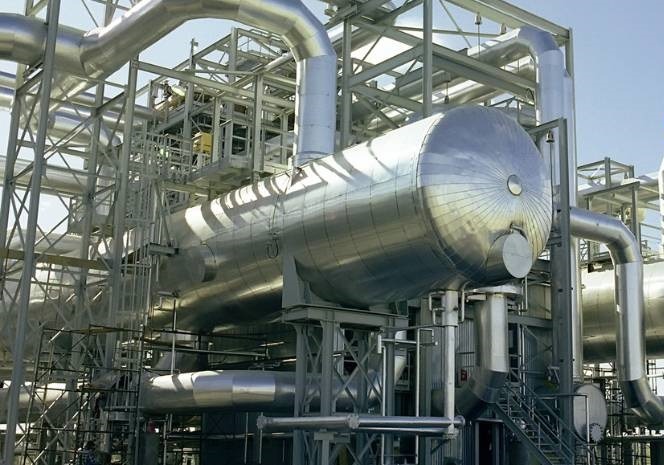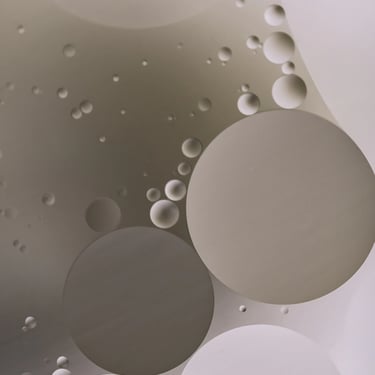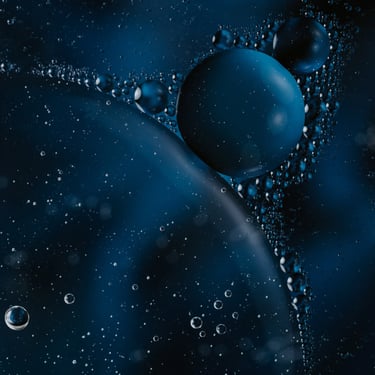
Equipment Inspection NR-13

Identification of Potential Issues
Minimizing Financial Risks and Ensuring Smooth Operations
The NR-13 Inspection involves checks and tests to ensure the safe operation of boilers, pressure vessels, heat exchangers, and piping systems. This process requires a well-executed maintenance plan.
Additionally, the inspection generates documentation that serves as proof of compliance and records the history of each piece of equipment. This guarantees that machines operate safely, minimizing risks to employees and visitors in facilities where these high-risk systems are installed.
Below is a summary of how the NR-13 Inspection is conducted for each type of equipment:


Pressure Vessel Safety Inspection
Pressure vessels are high-risk equipment designed to withstand external pressure and internal pressures different from atmospheric pressure. The inspection involves:
Hydrostatic Testing and Ultrasound: Non-destructive techniques.
Visual Inspections and Safety Devices Checks: Applicable to vertical and horizontal pressure vessels, as well as manifolds.
Boiler Safety Inspection
Following occupational safety and health standards, the integrity and installation environment of the equipment are externally assessed. The inspection utilizes:
Hydrostatic Testing, Ultrasound, and Penetrant Testing: Used to detect potential ruptures, cracks, and fractures, as well as any signs that may pose risks.
Verified Equipment: Boilers, autoclaves, and cooking vessels.
Pipeline Safety Inspection
Pipeline inspections—covering the system of pipes and fittings used for fluid transport in industrial processes and storage include:
Ultrasound Measurement and Leak Testing: Ensuring the proper functioning of systems while safeguarding the environment, personnel, health, and environmental preservation.
Types of Inspected Pipelines: Natural Gas Pipeline, Sprinkler Pipeline, and LPG Pipeline.
Tank Safety Inspection
Internal and external tank inspections are conducted using:
Penetrant Testing and Ultrasound Measurements: Used to eliminate safety risks for employees and prevent environmental damage or financial losses.
Tank Inspection and Calibration Services.
Compliance and Execution
The NR-13 Inspection, required by the Ministry of Labor, must be carried out by a qualified team. TECH-INSP excels in preventive maintenance programs, utilizing advanced techniques and is fully equipped to perform the services required by NR-13.
Conclusion
Identifying and mitigating potential issues during the NR-13 Inspection is essential to minimizing financial risks and ensuring a safe operation. A detailed planning approach, the use of qualified teams, proper documentation, and compliance with regulations are key steps to achieving these objectives.








